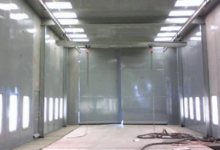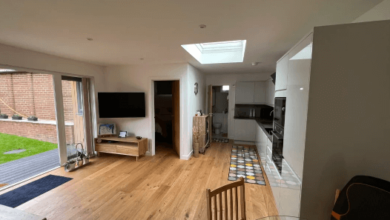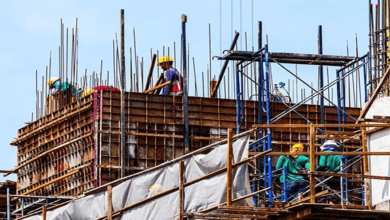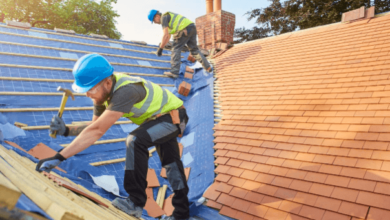The Benefits of Building With Sustainable Materials

As a result of the effects of global warming, in 2009, California became the first state to implement a new green building code for commercial and residential projects. Since then, the demand for greener materials and construction processes has evolved into what’s known today as sustainable construction.
While many in the industry use the terms “green” and “sustainable” interchangeably, the two are quite different in practice. The primary focus of green construction is to utilize products that feature recycled content while minimizing energy usage.
A sustainable material is one that has no adverse effect on the environment when used and does not deplete a non-renewable (natural) resource. As a result, sustainable construction is different from green construction, as the former supports the well-being of the individual and community by:
- Promoting healthier living
- Reducing waste
- Boosting the local economy
- Promoting cost efficiency
- Decreasing material costs
- Reducing carbon footprints
As more architects, developers, and contractors start asking, “How can this be reused?” from their design and build teams, sustainable construction will become the norm rather than the exception in the US construction industry.
Why Use Sustainable Construction Materials?
According to Architecture 2030, the global floor area is expected to double by 2060 as another 2.4 trillion square feet of new floor area will be built. For scale purposes, achieving this feat works out to adding another New York City to the planet every month for the next 40 years.
The built environment is currently responsible for 40% of annual global CO2 emissions. That’s a larger share than any other industry, including transportation.
Nearly 10 gigatons (GT) of those emissions come from building operations, such as lighting, heating, and cooling. Building construction contributes another 2.3 GT, while other construction projects add another 2.4 GT annually.
For illustrative purposes, one GT is equal to:
- One billion metric tons
- 2.2 trillion pounds
- 10,000 fully loaded aircraft carriers
With the availability of sustainable materials today, designing a building with 20% or higher recycled content isn’t nearly as challenging as it was just 5-10 years ago. Here are the recycling rates for the most commonly used construction materials:
- Copper – up to 100% Recycled Content (RC) score
- Steel – up to 100% RC score
- Drywall – up to 97% RC score
- Cast iron pipes – up to 96% RC score
- Aluminum – up to 90% RC score
- Concrete – up to 40% RC score
Fittings and finishes that incorporate high-quality materials are better for the environment and provide long-lasting benefits to building inhabitants. One solution that recaptures valuable material resources is the Gridd® Adaptive Cabling Distribution® System. This industry-leading access floor is made with 100% USA steel with approximately 40% being recycled. Gridd is designed to last for decades and be reused and reconfigured as many times as a business requires.
What Are the Benefits of Sustainable Design?
The goal of sustainable building is to reduce negative environmental impacts while improving the safety and comfort of its occupants, thus improving a building’s performance over its lifecycle.
- Occupants residing or working in sustainable buildings have reported significant improvements to their health, stress levels, and quality of life.
- Renewable resources and sustainable construction can help reduce pollution while conserving limited natural resources.
- Sustainable construction boosts local economies by creating a demand for construction workers and material suppliers.
- Reduced operational and maintenance costs translate into savings that can be used for higher wages, employee benefits, or new product development.
Many eco-friendly products feature recycled or reused components and require less energy to modify or manufacture as compared to their traditional counterparts.
As more sustainable products and materials have entered the global marketplace, the original objection of higher construction costs now pales in comparison to the increased longevity and lower lifecycle costs of sustainable construction methods, materials, and products.
Consumer demand for sustainable materials and construction will continue to grow as more people become aware of the financial and societal benefits available. The increased consumer demand will translate into more projects for those architects and builders with sustainable construction experience and product knowledge.








